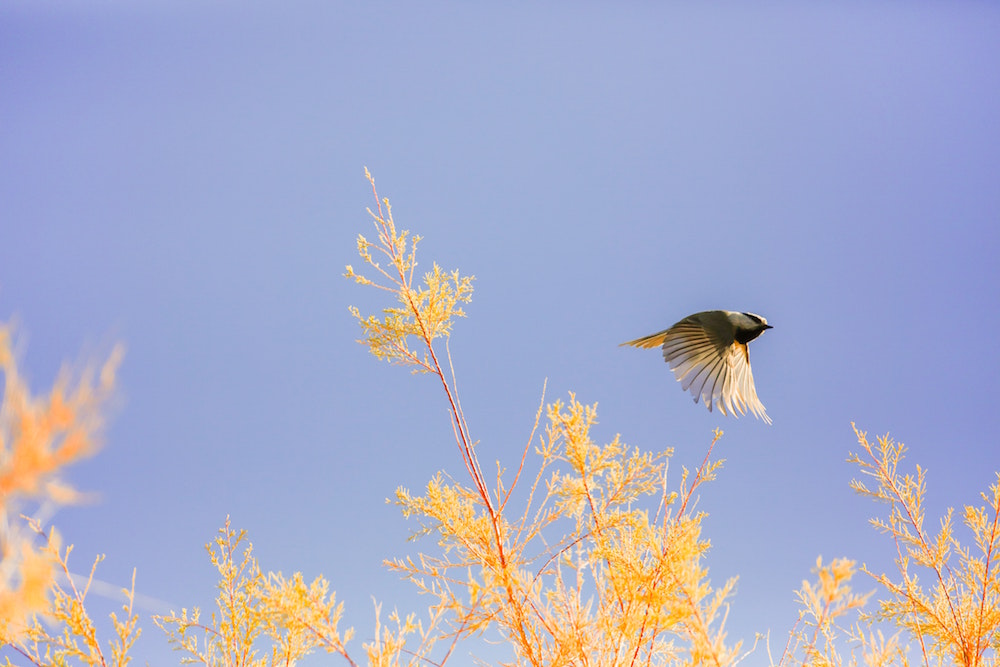Since the outbreak of COVID-19, we have all been trying to find the little bits of news that provide some sort of silver lining from this quarantine. A popular one is the decrease in air pollution since many countries and states announced stay-home orders. Many of us are now stuck at home, only going out to get groceries or to receive medical care. Some are not leaving even for that, opting for ordering online and virtual visits. Many factories have halted production. Reduction in mobility and industry has decreased air pollution all over the world.
IQ Air, a Swiss air-quality company, measured PM 2.5 before and after the outbreak in ten major cities. PM 2.5 is particulate matter that is considered the deadliest air pollutant. These particles come from our cars, trucks, heavy machinery, factories, power plants, cooking, smoking, fuel-burning heat sources, and others. PM 2.5 particles can cause nose, mouth, and lung irritation and exacerbate any lung conditions such as asthma. The findings, which were released last week on Earth Day, show that nine out of the ten surveyed cities saw reductions in PM 2.5 pollution compared to April of 2019. Delhi, India recorded a 60% drop in comparison to its levels in 2019. Meanwhile, Los Angeles registered a 31% drop and New York a 25% drop. The only city to report an increase was Rome, Italy. Researches believe that this increase was in response to higher usage of home cooling and heating systems, with residents being at home more.
Although this decrease is exciting news, many scientists believe it to be only a short-term solution, with a spike predicted to follow. If we go back to business as usual after the quarantine, current trends are not looking good for us. According to the American Lung Association’s 2020 State of the Air report, approximately 150 million Americans are living in unhealthy, polluted air. The U.S. is home to a little over 331 million residents. This means that almost half the American population do not have access to clean air. The report goes over how the warming temperatures due to climate change have increased many pollutants in the air, including ozone levels. This year’s report goes over data collected and released by the EPA from 2016-2018. Not only did ozone and PM 2.5 levels increase during this time, but the report goes over how the increased temperatures directly caused more forest fires, which released more smoke into our air. Here in Denver, although our PM 2.5 levels are relatively good, our ozone levels earned a ‘failing’ grade. High ozone levels can also cause the worsening of any lung or airway conditions and reduce overall lung function.
With the current health risks, we don’t want to be causing any more strain on our lungs. The coronavirus is a virus that predominantly affects our respiratory system. This means that conditions such as asthma, bronchitis, pneumonia, cystic fibrosis, and many others make an individual ‘high-risk’ when infected by the disease. New research by Yaron Ogen, a professor at Martin Luther University in Germany, shows that almost 80% of COVID-19 deaths across four countries (Spain, France, Italy, Germany) were in heavily polluted areas. The pollutant measured was Nitrogen Dioxide (NO2), which is created predominantly from the burning of fossil fuels. Ogen’s research shows a high correlation between areas with high NO2 levels and regions with more reported COVID-19 deaths. Those living in high-polluted areas may experience more severe symptoms due to the added stress on their lungs. The three states with the worst air quality are California, Pennsylvania, and Texas. These three states also had some of the highest numbers of COVID-19 deaths, 1,798, 2,046, and 687 respectfully. The state determined to have the best air quality, New Hampshire, has reported 60 deaths to date. Air pollution clearly has some effect on the way our bodies experience this virus.
Although there have been reports of a decrease in pollution during this time, researchers believe it will be short-lived. With so many businesses and factories closing down during this quarantine, many countries are already planning for economy relief packages. Unfortunately, companies often will use this money to try to catch up to missed production during the time of closure. However, this doesn’t just stop at companies. We are responsible here as well, many of us are missing trips, weddings, holidays, etc. due to stay-at-home orders. If you have also missed out on a celebration or a trip during this time, I encourage you to try to find a way, if it’s available to you, to still make the memories with your loved ones, but plan in such a way that will do the least harm to our planet and still get you to where you need to be.
Dr. Gabriel da Silva, a lecturer at the University of Melbourne, focuses on improving biofuels to make them more widely used. He warns that we must remember what happened after the global financial crisis. Although we saw a brief decrease in pollution, there was a sharp rebound after the economy started to recover. If we don’t learn from past mistakes and change how we restore our economy, “our environment may end up in worse shape than ever,” Dr. da Silva notes.
Also by Iga: How Coronavirus Has Reduced Pollution
Get more like this—Sign up for our daily inspirational newsletter for exclusive content!
___
Photo: Patrick Hendry on Unsplash





